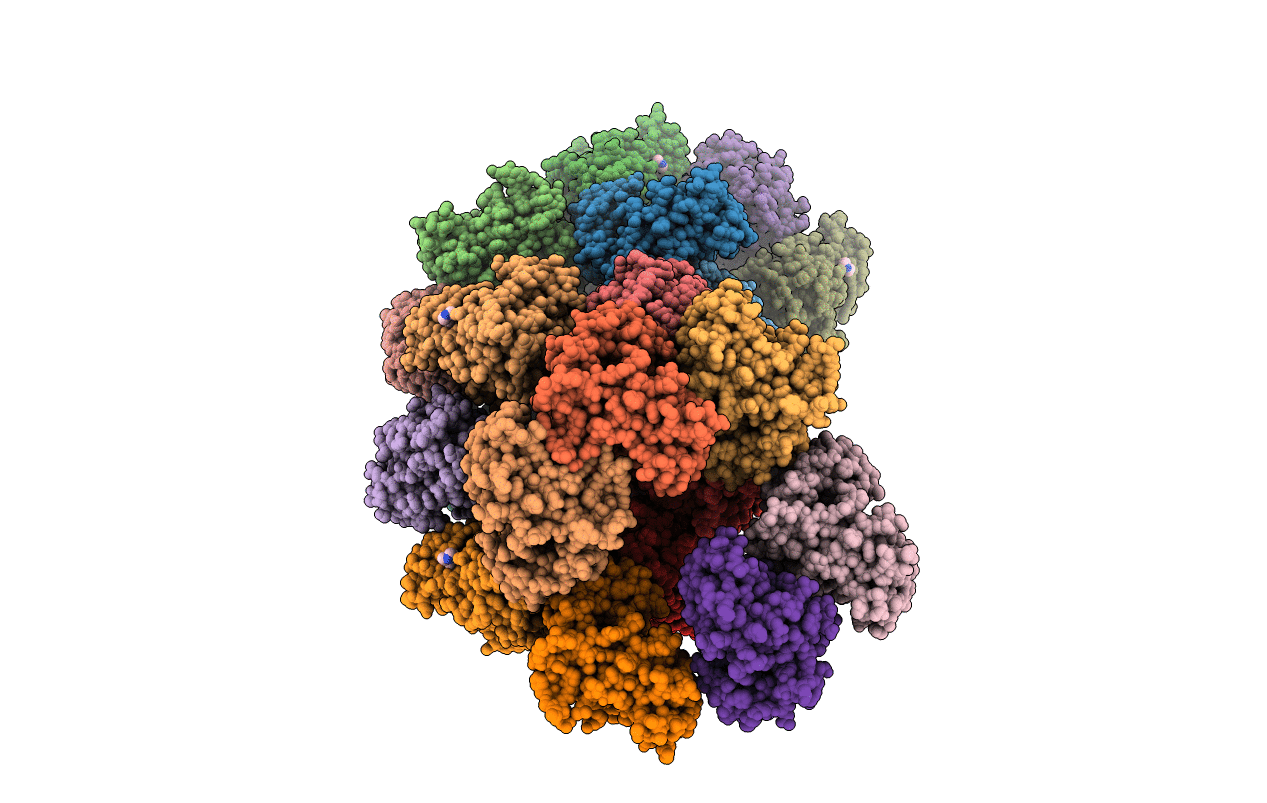
Deposition Date
2010-05-08
Release Date
2010-07-21
Last Version Date
2023-11-01
Entry Detail
PDB ID:
3MY0
Keywords:
Title:
Crystal structure of the ACVRL1 (ALK1) kinase domain bound to LDN-193189
Biological Source:
Source Organism:
Homo sapiens (Taxon ID: 9606)
Host Organism:
Method Details:
Experimental Method:
Resolution:
2.65 Å
R-Value Free:
0.24
R-Value Work:
0.20
R-Value Observed:
0.20
Space Group:
P 32


